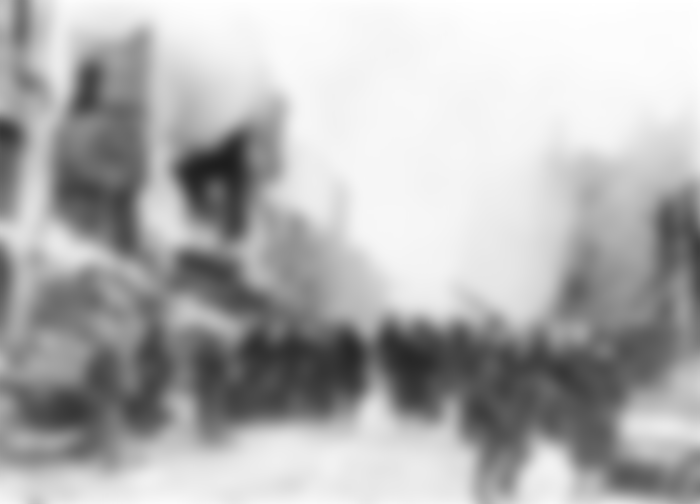Middle-aged and older generations still remember Leningrad, which the younger generations have already placed in the throes of history. It is a city that, according to historians, experienced the greatest demographic catastrophe during World War II. The city was founded by Peter the Great in the early 18th century and was named St. Petersburg. At the outbreak of World War I in 1914, it was renamed the Slavic version of the name, because St. Petersburg had too Germanic overtones, so for the next ten years it was called St. Petersburg. After that, it was given a completely new name, Leningrad.

As the site of the Bolshevik revolution, Leningrad was a symbol of the new Soviet government, which is why, the Germans believed, its destruction would have a demoralizing effect on the entire nation. That is why Hitler desperately wanted to go to Leningrad, which in turn proved to be "too big a bite". The siege of the city, now called St. Petersburg by its old name, began on September 8, 1941. On that day, Hitler wrote in his diary that he wanted to level Leningrad to the ground. The city had at least 2.5 million people at the beginning of the siege, but at the end of the siege only 700,000 remained. Of that number, as many as 300,000 were from the army, which came to defend the city from other parts of the country. Estimates of the number of deaths vary, but historians agree that more than a million residents of Leningrad died of starvation, cold, and the effects of the bombing.

The city defended itself heroically. About half a million citizens of Leningrad were engaged in the construction of defensive belts that turned the city into a fortress. German forces were continuously exposed to fire from the naval artillery of the Baltic Fleet and heavy artillery from the fortress of Krasna Gorka. The frequency of anti-aircraft fire during the defense was 10 times higher than during the defense of London. Unable to take the city, the soldiers of the German army group "North" blocked Leningrad, which the Finns had already surrounded from the north.
Since the fall of 1941, the Soviet army has repeatedly tried to break through the siege of the city, but without success.

Hunger quickly reigned in the city, which took on terrible proportions during the harsh winter at the turn of 1941-1942. First, the survivors say, the dogs and cats disappeared. After that the birds. In the attached photo you can see women tearing the flesh of a dead horse. The menu in Leningrad also included cooking "delicious" wallpaper and putty for windows, boiling leather from shoes and other leather items. ”After eating everything that could be consumed, we moved on to cannibalism. One doctor once wrote in times of famine that she had not yet become a cannibal, but that she was not sure she would not.
Surviving Russian writer Daniil Granin recorded a shocking testimony from the besieged city: “The child died - he was only three years old. His mother laid the body inside a double-glazed window and would cut one piece each day to feed another child, her daughter. ”Witnesses say those with high ethical values who refused to steal or reach for food illegally died first. or a disturbing way, such as eating corpses.

At the time of the siege, the city was constantly bombed, but people could leave the city in the winter after Lake Lagoda froze there.

So twice during the multi-year siege the residents had the opportunity to get out of the city, but there was no guarantee of a safe exit. The same route supplied food supplies to the city, but a large number of supplies were stopped on their way, as a large number of people perished in an attempt to leave the city in enemy bombing.

The siege lasted from January 27, 1944. It was one of the longest and most devastating sieges in history resulting in the destruction of the city and a huge number of casualties. The Soviets showed that German siege tactics were fundamentally wrong. The city was retained, but it was a victory that came at a huge price. Despite dramatic losses, this battle changed the balance of power on the Eastern Battlefield in favor of the Soviets. St. Petersburg was the only large industrial city that went through such a long and terrible siege.





